I am stealing this info on Colonia, if you want the real article, go here:
As this site states, Colonia del Sacramento "was the only Portuguese settlement along the Rio de la Plata. Founded as Nova Colonia do Sacramento in 1680 by Manuel de Lobo,and as such was the focus of struggle between the Spanish, who founded the settlement at Montevideo in response, and the Portuguese took over control of the area. For years it operated as a contraband port, evading the strictures imposed on trade by the Spanish crown. Today it is a resort city, a port, and the trade center for a rich agricultural region."
This little map, from Lonely Planet, shows just a small section of colonia - and is mainly focused on the displaying historic district. The historic district is situated on the tip of the peninsula, surrounded on three sides by water.

When we arrived, we headed straight to the historic district to walk around and take it easy.
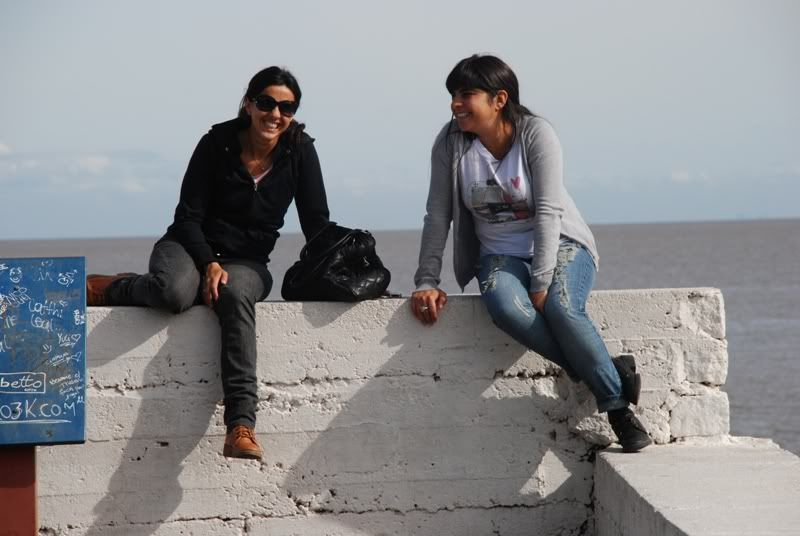 Heres a pic of Mari and Meli hanging out near the water.
Heres a pic of Mari and Meli hanging out near the water.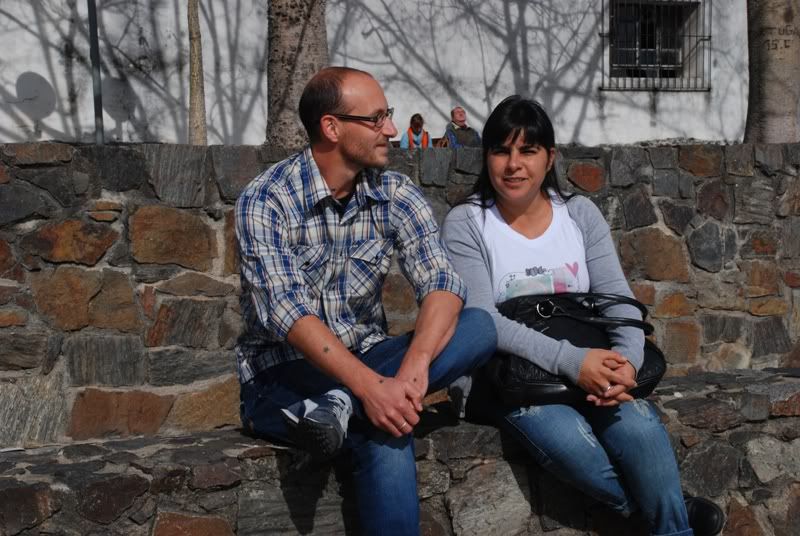 Me and Meli.
Me and Meli.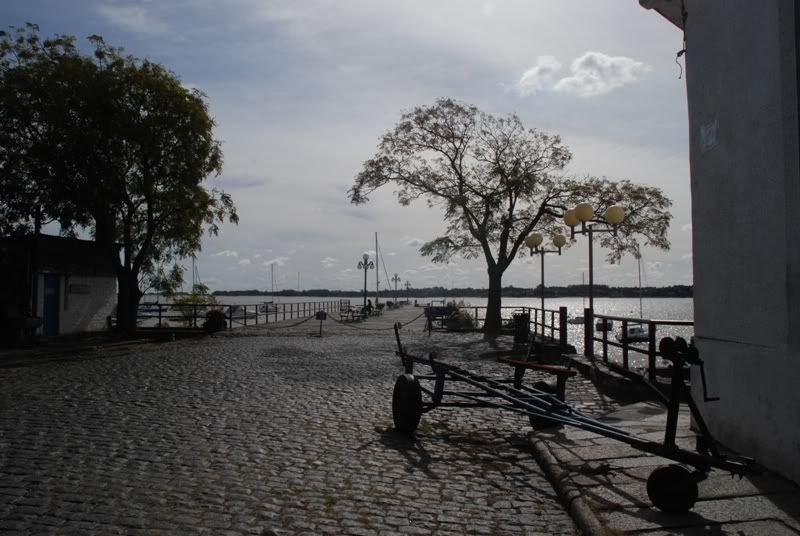 A view of the waterfront. The day was exquisitely nice, but a little chilly.
A view of the waterfront. The day was exquisitely nice, but a little chilly."Built in Portuguese style of houses and cobblestoned streets, the historic portion of Colonia is reminiscent of old Lisbon. Winding streets and colorful houses are laid out in a pattern different from Spanish colonial cities, and a delight to explore. The historic quarter, Barrío Historico, on a small peninsula jutting out into the river, was named a UNESCO heritage site in 1995."
"The Calle de los Suspiros, otherwise known as the Street of Sighs," is Colonias most photographed and recognized street. Its colonial and beautiful.
 From Wikipedia
From Wikipedia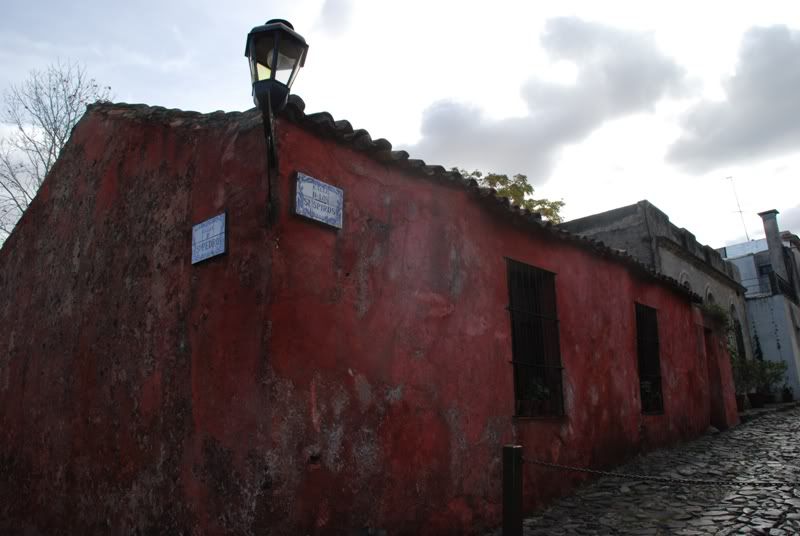
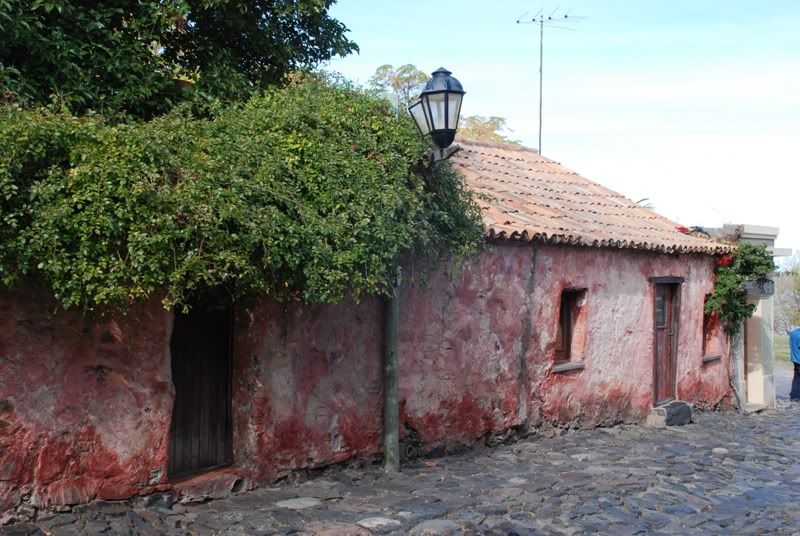
We also walked through the "Puerta de la Ciudadela, also called Puerta de Campo - a drawbridge built in 1745 by the Portuguese governor to safeguard the walled city as the only entrance. Restored, it marks the beginning of the historic district, with thick fortified walls and tile and stucco buildings ."
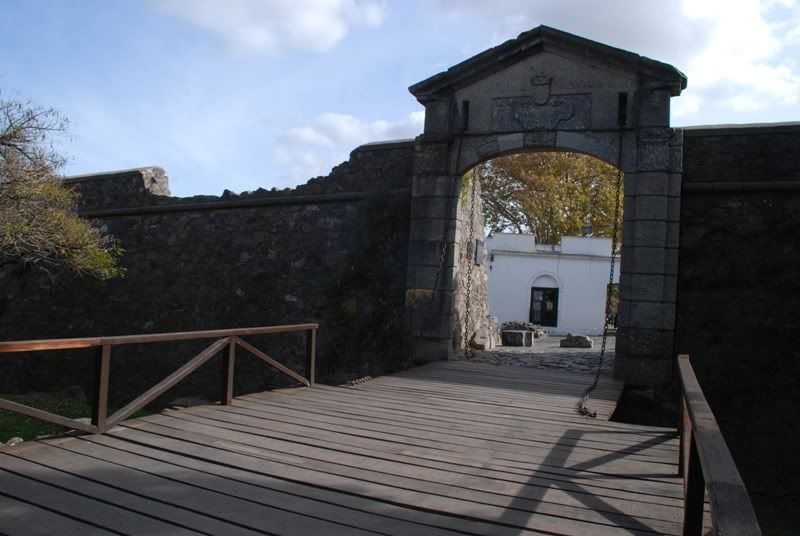 What I like about the historic district of Colonia is that even outside of the really ancient streets, there are still some decently old gorgeous buildings. Take a look at this old world stone construction - beatutiful and amazing.
What I like about the historic district of Colonia is that even outside of the really ancient streets, there are still some decently old gorgeous buildings. Take a look at this old world stone construction - beatutiful and amazing.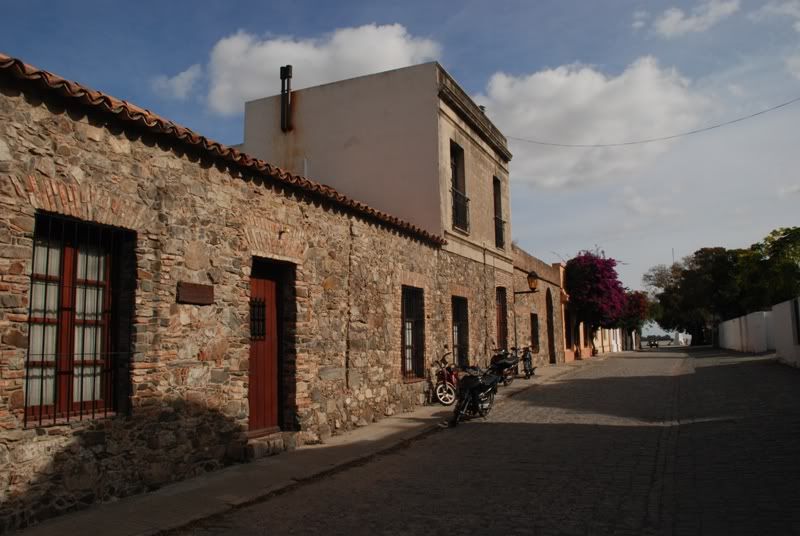
This building was in a state of disrepair. But seeing how amazing it is, and situated right in the heart of the historic district, I cant see it sitting around like this much longer. Some forward thinking person is going to snatch this up and turn it into a gem.
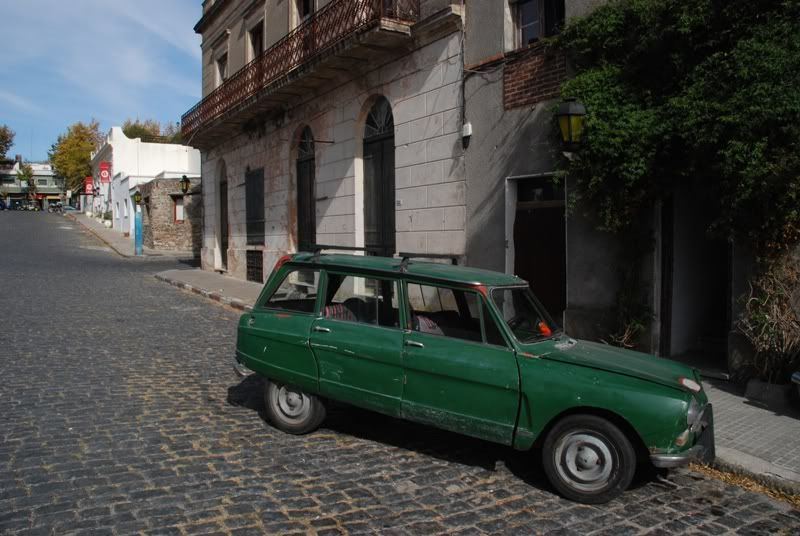
The historic district still uses the old fashioned street lamps hanging from the buildings, and ceramic tile street signs.
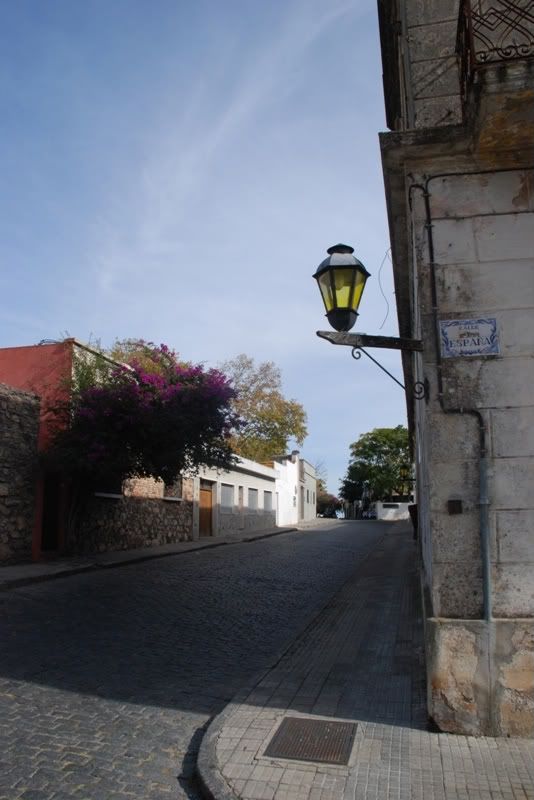
The tiles are everywhere, but here are two that stood out to me.
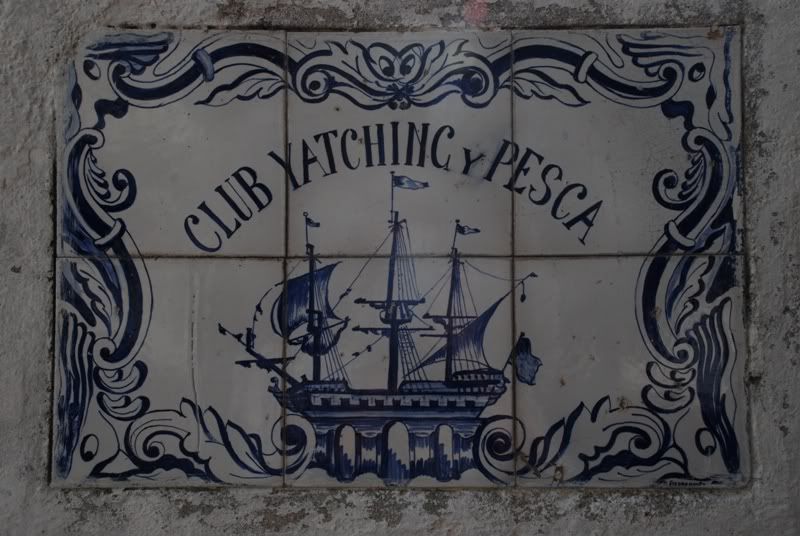
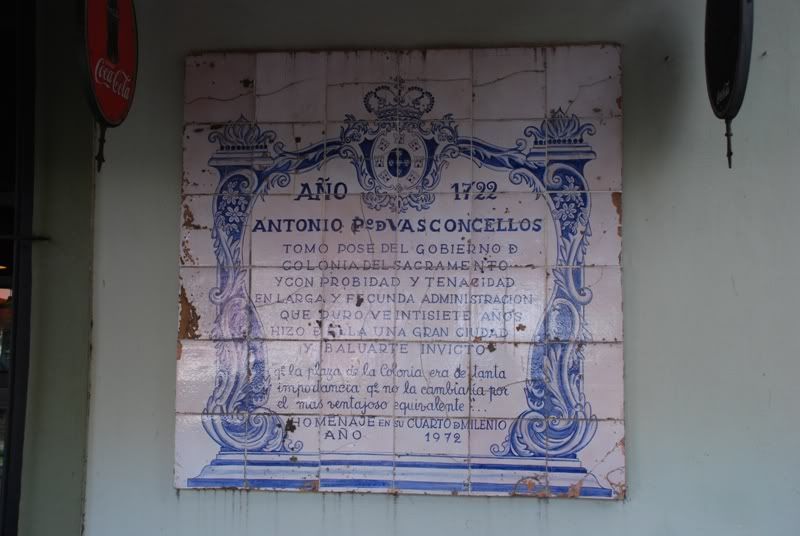
And last, but not least. The oldest church in Uruguay - Iglesia Matriz - dating from 1695–99.
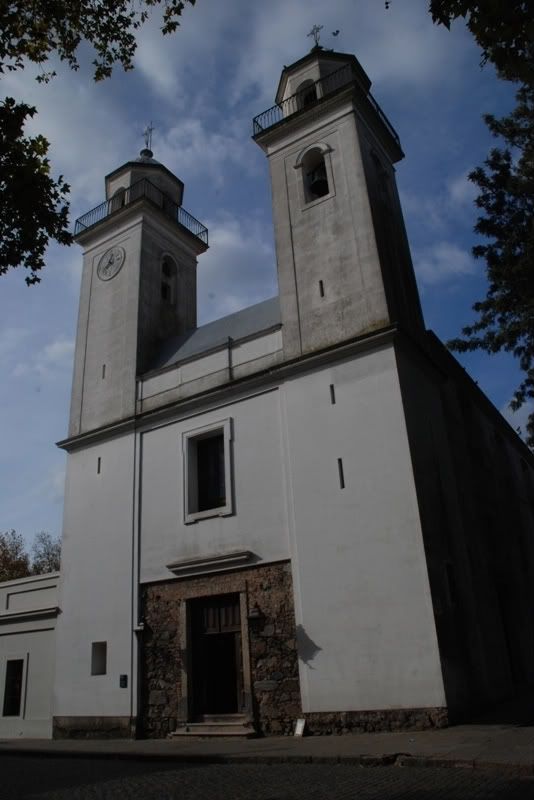
Colonia is a wonderful place to visit. Its gorgeous, very walkable, and quite enjoyable. The only downfall is that it really only takes half a day to see it all. There isn´t a lot of staying power, well, at least for us coming from Montevideo. But I can easily recommend it as a perfect getaway from the exhaust filled air and hustle and bustle of Buenos Aires.
No comments:
Post a Comment